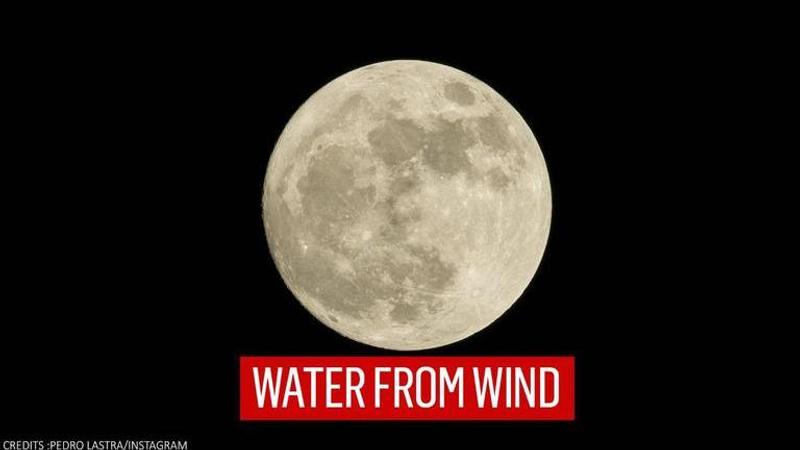Published 20:25 IST, January 29th 2021
Moon could get water from 'wind' in the Earth's magnetosphere: Study
A new study published in the Astrophysical Journal Letters reveals that solar wind may not be the only source of water-forming ions on the moon.

A new study published in the Astrophysical Journal Letters reveals that solar wind may not be the only source of water-forming ions on the moon. Researchers show that the particles from the moon with water, imply that even other planets can contribute water to their satellites. Water is prevalent in space. It is available from the surface of Mars to Jupiter’s moons and Saturn’s rings, comets, asteroids and Pluto.
Moon could get water from 'wind'
Water has been detected in clouds which are far away from the solar system. Earlier, it was assumed that water was incorporated into these objects during the formation of the solar system. However, with time, there was evidence that water in space is prevalent and far more dynamic. Various computer models have predicted that up to half of the lunar surface water should evaporate and disappear at high-latitude regions during the time of full moon.
The latest analysis of surface hydroxyl/water surface maps by the Chandrayaan-1 satellite’s Moon Mineralogy Mapper revealed that lunar surface water does not disappear during this magnetosphere shielding period. Even though Earth’s magnetic field was thought to block the solar wind from reaching the moon. However, researchers later found out that this was never the case.
The researchers compared the time series of water surface maps before, during and after the magnetosphere transit and they argued that the lunar water could be replenished by flows of magnetospheric ions. These are called the ‘Earth wind”. Later, Kaguya satellite confirmed the presence of these Earth-derived ions near the moon.
Also, THEMIS-ARTEMIS satellite observations were used to profile the distinctive features of ions. Previous observations by the Kaguya satellite during full moon detected high concentrations of oxygen isotopes. These were leaked out of Earth’s ozone layer and embedded in lunar soil. Also, this was present with an abundance of hydrogen ions in Earth’s exosphere.
(Image Credits: PedroLastra/Instagram)
Updated 20:23 IST, January 29th 2021



